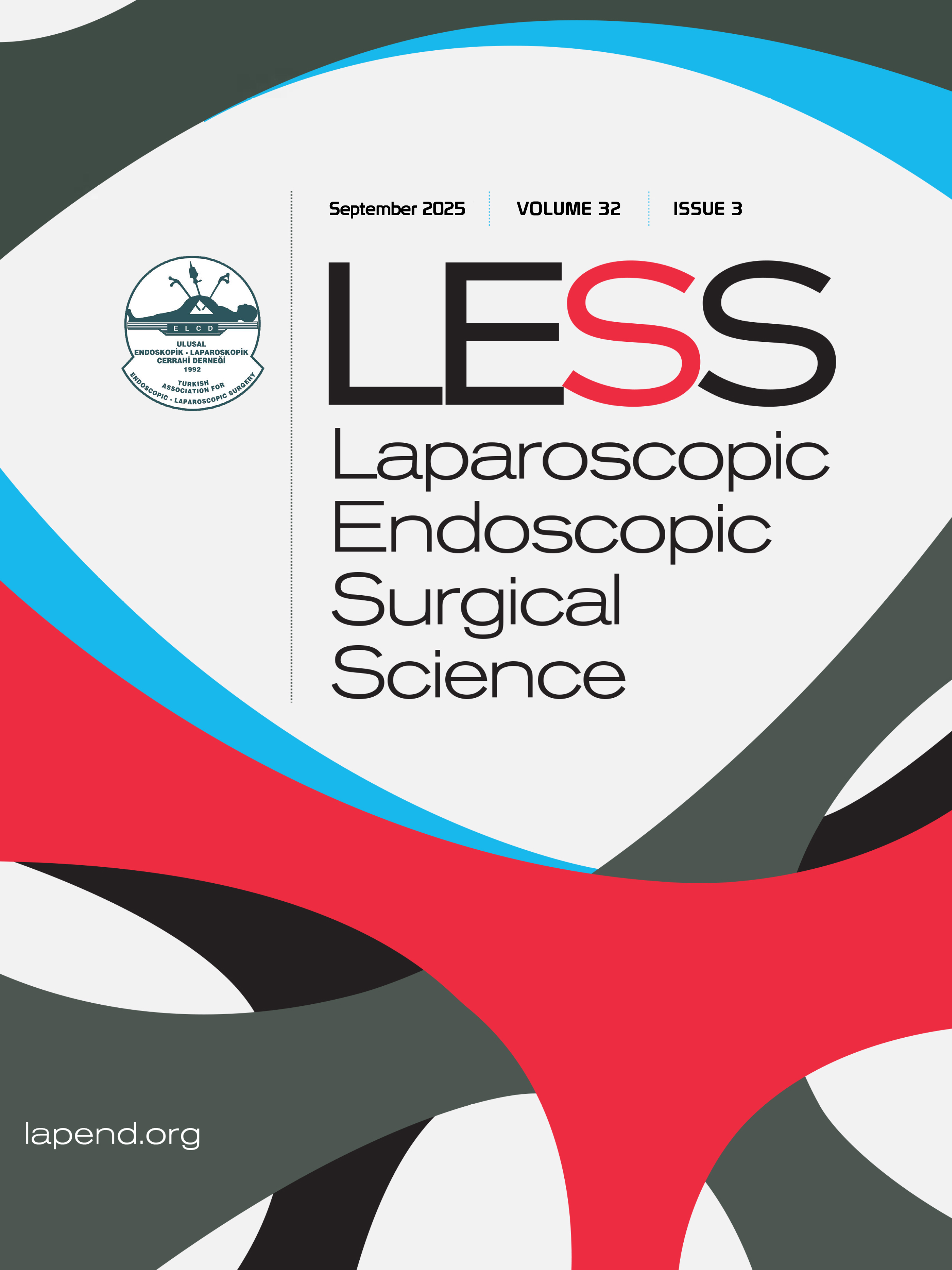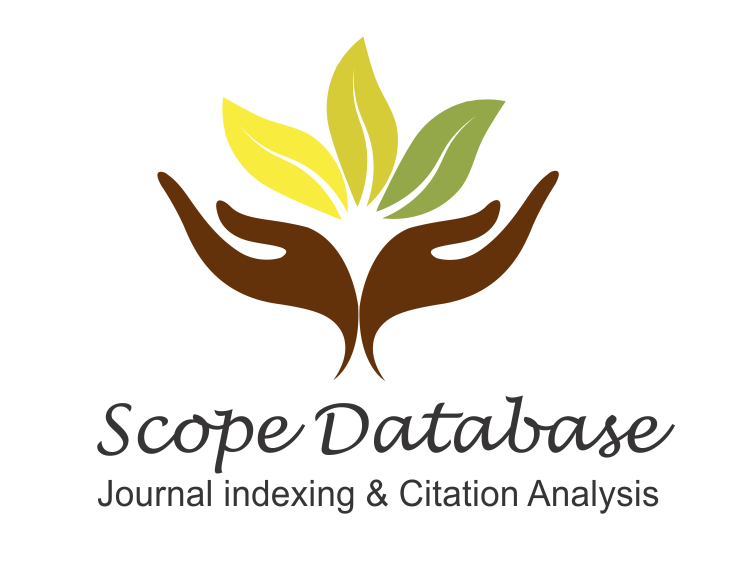Midterm outcomes of one anastomosis gastric bypass versus Roux-en-y gastric bypass: Single center experience
Servet Karagul1, Serdar Şenol1, Oktay Karaköse2, Hüseyin Eken31Department of Gastroenterological Surgery, Samsun Training and Research Hospital, Samsun, Türkiye2Department of Surgical Oncology, Samsun Training and Research Hospital, Samsun, Türkiye
3Private Clinic of General Surgery, Izmir, Türkiye
INTRODUCTION: One anastomosis gastric bypass (OAGB) and Roux-en-Y gastric bypass (RYGB) are successful surgical treatment options for morbid obesity. In this study, we aimed to share our results by comparing these two bypass techniques in a retrospective analysis.
METHODS: A retrospective study was conducted at a single center at Samsun Training and Research Hospital. The outcomes of two groups, laparoscopic OAGB and laparoscopic RYGB, were compared. Patients with a BMI over 40 kg/m² and patients with a BMI over 35 kg/m² with obesity-related comorbidities were included. Patient demographics, obesity-related comorbidities, medications, postoperative outcomes, percentage excess weight loss (%EWL), percentage total weight loss (%TWL), and postoperative BMI were recorded retrospectively.
RESULTS: A total of 64 patients were retrospectively analyzed. Fifty-one of the patients were female, and thirteen were male. There were 21 patients in the OAGB group and 43 patients in the RYGB group. The mean follow-up period was 42.86±3.54 months in the OAGB group and 52.21±11.58 months in the RYGB group (p<0.05).
The mean %TWL was 35.43±5.26 in the OAGB group and 34.70±11.31 in the RYGB group (p>0.05). The mean %EWL was 83.02±18.95 and 76.08±22.84, respectively (p>0.05). The mean BMI was 29.62±5.42 kg/m² in the OAGB group and 30.14±5.05 kg/m² in the RYGB group (p>0.05).
There was no significant difference in the improvement of obesity-related comorbidities. However, de novo reflux was significantly higher in OAGB patients.
DISCUSSION AND CONCLUSION: OAGB and RYGB are both effective procedures for treating morbid obesity. Both procedures provide similar improvements in obesity-related diseases, although de novo reflux appears to be more common in OAGB patients.
Manuscript Language: English















